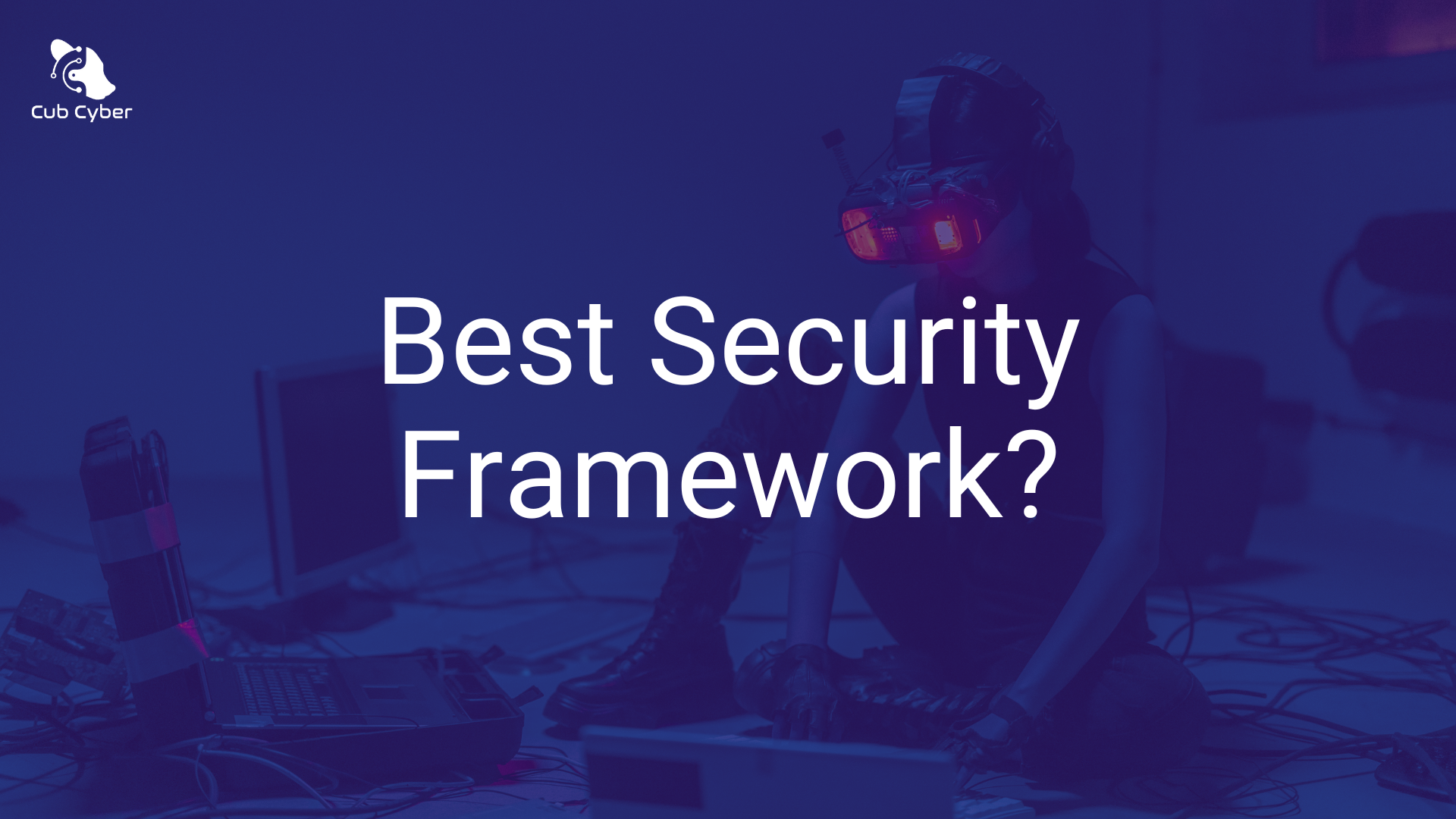What is a Security Framework?
In cybersecurity or information security a security framework is a guideline used to help an organization establish polices, practices, and procedures to improve the organization’s information security. Companies may voluntarily follow a security framework or be required to follow one by law (e.g., NIST SP 800-171) or by a partner (e.g., ISO-27001).
What are the Benefits of a Security Framework?
By using a security framework, you don’t have to reinvent the wheel on which security controls your organization should implement. Security frameworks generally provide a list of security requirements that an organization should follow to help protect its data, personnel, and computer systems. These lists of requirements are compiled by reputable organizations like NIST or ISO using subject matter experts. By implementing the security requirements listed in a security framework you can be confident that you are covering your bases.
Various security frameworks such as ISO 27001, NIST CSF, NIST SP 800-53, SOC-2 and NIST SP 800-171 are recognized or required by various industries. By implementing the correct security framework, you can improve trust with partners and customers.
In general, organizations will only follow a security framework if they are required to by law or contract however that doesn’t mean that organizations without these requirements shouldn’t adopt a security framework.
Which Security Framework Should You Use?
If you have a legal or contractual requirement that specifies a security framework you should use it otherwise the NIST SP 800-171 security framework is a solid framework containing security requirements that overlap with other frameworks like ISO 27001, NIST SP 800-53, and SOC-2. This makes it ideal for organizations who may need to meet various industry security requirements. The NIST SP 800-171 framework consists of 110 security control requirements and covers everything from information security, personnel security, incident response, and physical security. The security requirements are not overly demanding nor too loose or vague.
Why NIST SP 800-171?
NIST SP 800-171 is required for many United States Department of Defense contractors. Without implementing NIST SP 800-171, contractors cannot work on contracts involving the processing, transmissions, or storage of “controlled unclassified information”. As stated earlier, these requirements are not overly demanding, after all they are for protecting controlled UNCLASSIFIED information not classified information.
NIST SP 800-171 is great because by implementing the 110 security controls you are following cybersecurity best practices. Everything from password policies, to account and device naming, to user training, to audit logging, to incident response, to configuration management, and physical security is covered. Companies who implement the NIST SP 800-171 controls will greatly reduce the likelihood of a cyber incident occurring.
How Do you Implement NIST SP 800-171?
You can manually try to figure out and understand each security requirement or have the Compliance Accelerator App do it for you. With the app, you simply answer yes or no questions about the requirements and it will determine if you are meeting them or not. If you are not meeting the requirements, it will generate a plan of action and milestones and a system security plan. It even tells which documents to use to secure your computers, printers, and cloud resources like Microsoft 365. The app also gives you important documentation like your information security policy and incident response plan as well as visitor sign-in sheets and configuration management plans. It also has project management capabilities so you can manage your security project through the app.






